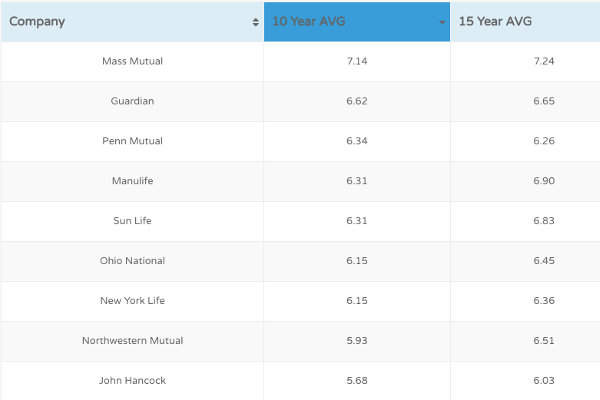Whole life insurance is a type of permanent life insurance that offers not only a death benefit but also a cash value component. The cash value in a whole life insurance policy can grow over time and provide policyholders with a valuable asset that can be utilized during their lifetime. In this blog post, we will delve into the concept of cash value in whole life insurance, its benefits, and strategies to maximize your investment.
Click below to get a Quote Now
Get Me A Quote
Click below to get a Quote Now
Get Me A Quote
What is Cash Value in Whole Life Insurance?
Cash value is a key feature of whole life insurance policies. It refers to the accumulation of funds within the policy over time. As you pay your premiums, a portion of the premium goes toward the cost of insurance coverage, while the remaining amount is allocated to the cash value. The cash value grows on a tax-deferred basis, meaning you won't have to pay taxes on the growth until you withdraw or borrow against it.Benefits of Cash Value:
- Accumulation of Wealth: The cash value component in whole life insurance allows you to build wealth over time. It serves as a long-term investment vehicle that can provide financial security and flexibility.
- Tax Advantages: The growth of cash value is tax-deferred, providing you with the opportunity to accumulate funds faster compared to taxable investments. Additionally, you can access the cash value through policy loans or withdrawals, which can be tax-free up to the amount of premiums paid.
- Liquidity: Unlike other long-term savings vehicles, whole life insurance offers liquidity. You can access the cash value at any time for various purposes such as emergencies, education expenses, or supplementing retirement income.
Unlock Your Whole Life Insurance Potential Now!
Click below to get a Quote Now
Get Me A Quote
Maximizing Your Cash Value:
- Paying Premiums Promptly: Timely payment of premiums is crucial to maximize the cash value in your policy. By paying your premiums on time, you ensure that your policy remains in force and the cash value continues to grow.
- Utilizing Paid-Up Additions: Paid-up additions are additional amounts of coverage that can be purchased within your whole life policy. These additions increase the cash value and death benefit of your policy. Allocating a portion of your premium to paid-up additions can boost your cash value growth.
- Choosing Dividend Options: Many whole life insurance policies pay dividends to policyholders. Dividends can be used in various ways, such as purchasing additional paid-up additions, reducing premiums, or accumulating in the cash value. Opting for a dividend option that maximizes your cash value growth can enhance the overall performance of your policy.
- Overfunding: Whole life insurance policies have a maximum premium limit determined by the death benefit and IRS guidelines. By contributing premiums up to this limit, known as overfunding, you can significantly increase the cash value growth potential of your policy.
- Minimizing Policy Loans: While policy loans provide a convenient way to access the cash value, it's essential to repay them to maintain the policy's integrity and preserve your cash value growth. Minimizing the use of policy loans ensures that the cash value continues to accumulate.
Conclusion:
Understanding cash value in whole life insurance is crucial to maximize the benefits of your policy. The cash value component provides a unique opportunity to build wealth, enjoy tax advantages, and access funds when needed. By following strategies like paying premiums promptly, utilizing paid-up additions, choosing dividend options wisely, overfunding, and minimizing policy loans, you can optimize the growth of your cash value and make the most of your whole life insurance investment. Consult with a knowledgeable insurance professional who can guide you through these strategies and help you tailor a policy that aligns with your financial goals.Unlock Your Whole Life Insurance Potential Now!
Click below to get a Quote Now
Get Me A Quote




